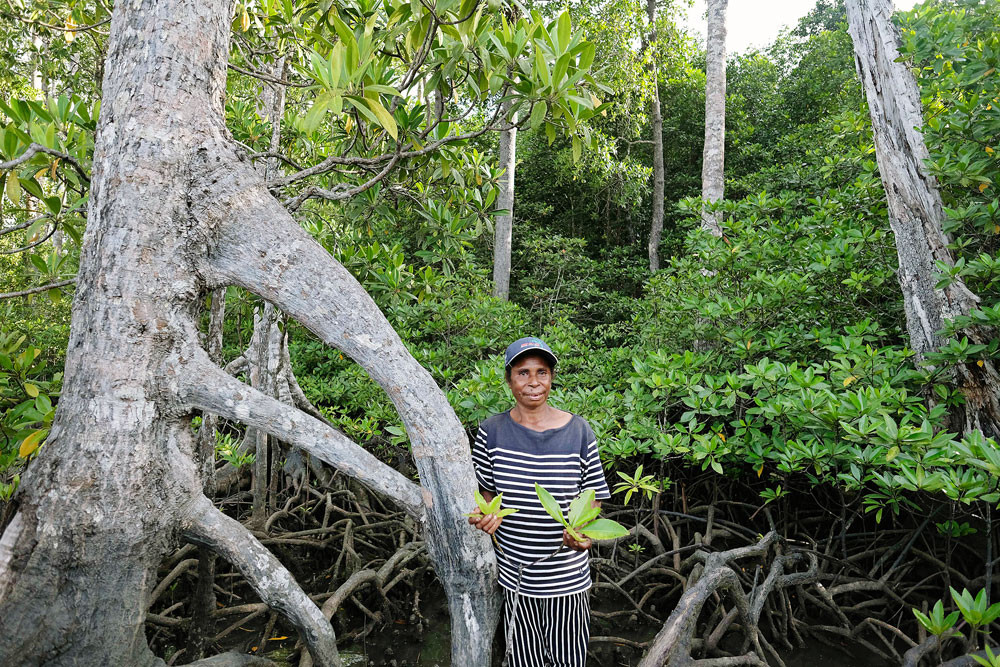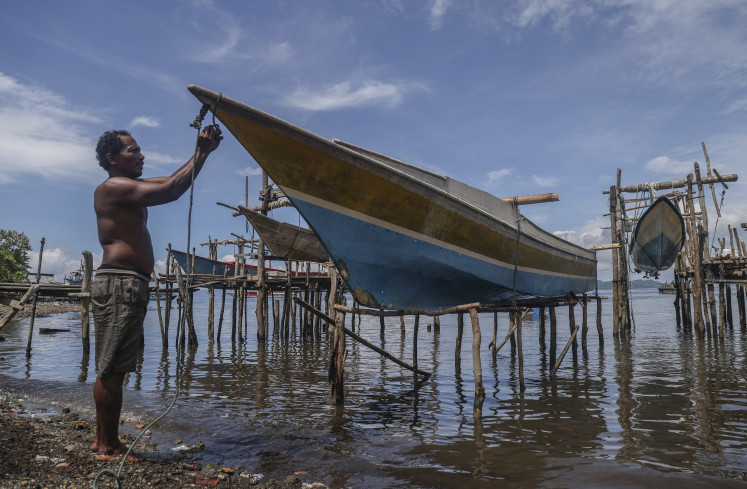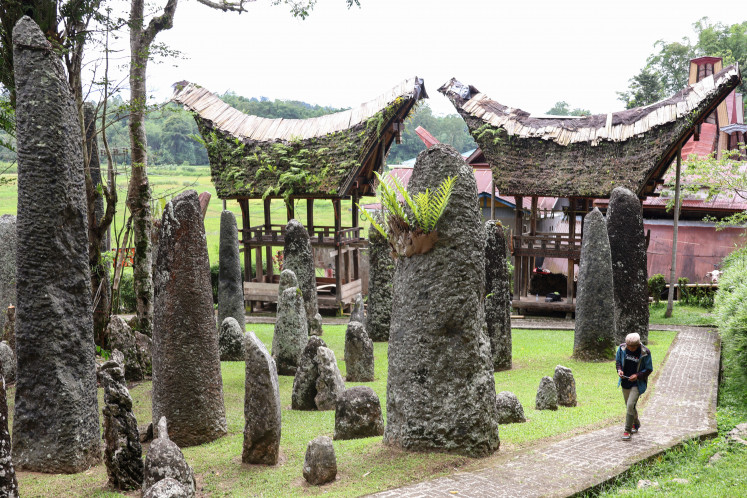Popular Reads
Top Results
Can't find what you're looking for?
View all search resultsPopular Reads
Top Results
Can't find what you're looking for?
View all search resultsInfrastructure should not cost the Earth
Change text size
Gift Premium Articles
to Anyone
H
ere’s a statistic: 75 percent of the infrastructure that will be required globally in 2050 has yet to be built. That sounds daunting, but the truth is more encouraging because it presents us with a critical opportunity.
Asia and the Pacific has seen outstanding development and growth over recent decades, but that has come at a cost. Scientists say that some 1 million animal and plant species may become extinct, many within decades. We have also lost nearly half of our coral reefs and mangroves.
Rapid urbanization, along with agriculture and infrastructure expansion, have severely degraded our land, soil, freshwater, and oceans. This compromises our vital ecosystems, which has significant consequences for the livelihoods and food security of local communities and the stability of our climate.
And yet, for Asia and the Pacific, where almost 1 billion people still live in poverty, the demand for development — and the economic potential that goes with it — remains. And so we have an opportunity: an opportunity to not only develop investment and infrastructure that lowers poverty and improves living standards, but in a way that also protects, sustains, and regenerates our environment.
Getting this balance right is now at the heart of what the Asian Development Bank (ADB) is doing. In 2018, we launched Strategy 2030, a blueprint for eradicating extreme poverty that will, among other things, ensure that eco-sensitive project planning and design is a part of our sustainable infrastructure development.
ADB has three key principles for ensuring we do so.
Firstly, to strategically work with nature, infrastructure policies and plans must fully consider any impact on the environment at the early stages of development. This requires incorporating the value of natural ecosystems, as well as the social and environmental costs of losing them, into the planning process.
ADB is piloting this approach in the planning of New Clark City in the Philippines — a new eco-friendly urban center that will one day accommodate more than 1 million people. Another pilot is through multisector planning for Pakistan’s Ravi River basin, which is suffering from heavy pollution from urban, industrial, and agricultural waste.
This approach involves assessing biodiversity and ecosystem services at an early stage in planning, so that we can integrate the protection and restoration of natural habitats it into the design. This creates a safe space for nature.
Secondly, ADB is using nature-based solutions to improve climate and disaster resilience. These can be applied to a wide range of infrastructure types and sectors, such as water, urban, transportation and agriculture.
For example, nature-based solutions can be applied toward flood-risk management. This includes investing in “green” measures such as watershed protection, bio-retention ponds, improved land use planning, and better building regulations. These measures can be applied in combination with traditional “gray” engineering solutions, such as through the construction of stormwater drainage systems.
For instance, ADB is supporting a project in Jiangxi province in the People’s Republic of China, which uses what has been referred to as a “sponge city approach” for integrated flood risk management and wastewater treatment.
The project integrates the use of forests, wetlands and river rehabilitation to increase water infiltration and manage the flow of storm water through the city. Acting like a sponge, these measures can soak up excess water, reducing flood risks and minimizing a city’s impact on the water cycle.
Lastly, to safeguard nature, we must incorporate biodiversity conservation and restoration into the detailed design of infrastructure projects. This is critical given that 25 million kilometers of roads are expected to be bulit worldswide by 2050—enough to circle the planet 625 times. Ninety percent of the investment is expected to be in developing countries, with an estimated US$7.8 trillion in transport infrastructure needed in Asia and the Pacific between 2016 and 2030.
These investments could have severe ecological impacts if not planned well, due to the loss and fragmentation of natural habitats, as well as increased access and poaching of endangered species such as tigers and orangutans.
We can avoid and minimize these types of impacts in several ways, such as by ensuring that landscape-wide biodiversity studies are married with infrastructure planning, and by incorporating wildlife corridors into project design to provide safe passage for animals.
For example, in the southern region of Bhutan, ADB designed four wildlife underpasses so that migration routes for elephants would not be affected. These allow wildlife to move safely under the road to reduce collision risks and ensure that access to different habitats can be maintained. Such measures take careful planning and design — with engineers and ecologists working together — and a commitment to long-term management and monitoring to ensure that they work effectively.
The infrastructure needs of the Asia-Pacific region are immense. But with this approach, ADB and others in the development and investment community can ensure that progress doesn’t cost the earth.
***
The writer is vice-president for knowledge management and sustainable development at Asian Development Bank. The views expressed are his own.











